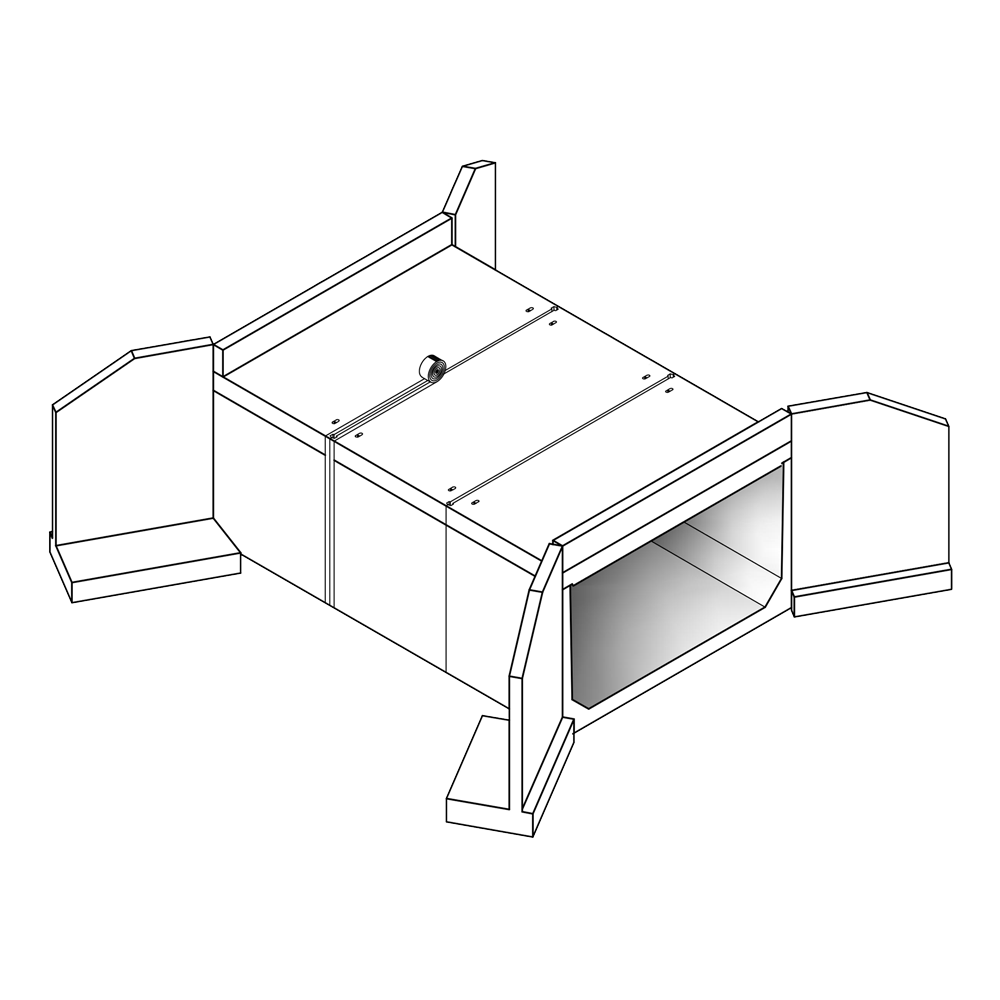
Precast Concrete
for the Pacific Northwest
We manufacture durable, reliable, ready-to-install concrete products to serve the rapidly-changing infrastructure of our region.

Office Hours
7am-4pm
Monday-Friday
Phone: 360-335-8400
Fax: 360-335-8402
Estimations: sales@cppwa.com
Will Call Hours
7am-2:30pm
Monday- Friday
Located in Southwest Washington, we produce quality precast concrete.
From roads and parking lots, tunnels and drainage trenches, our people take pride in completing projects on schedule and on budget. When you call Columbia Precast, you will speak with a friendly, knowledgeable person ready to help you complete your project safely and efficiently.
The CPP management and production team have more than 140 years of combined experience in the precast industry. We work to produce the highest quality precast products available.









